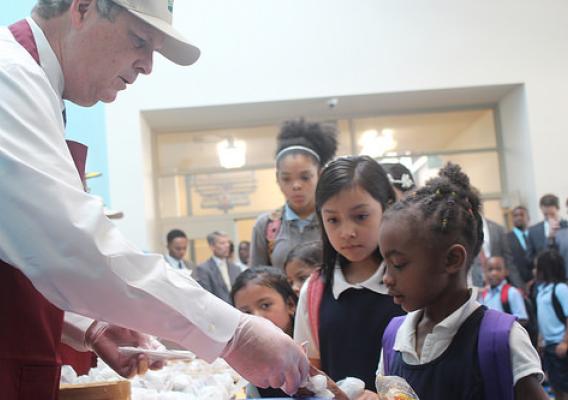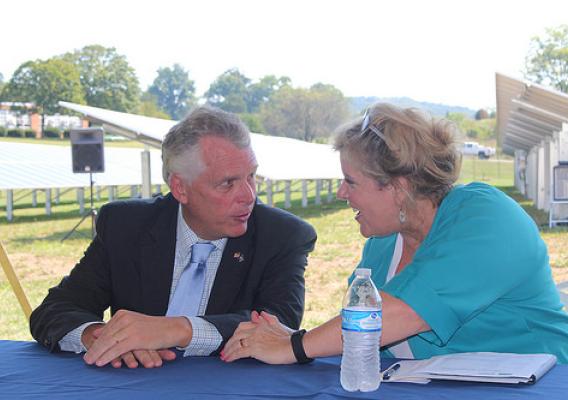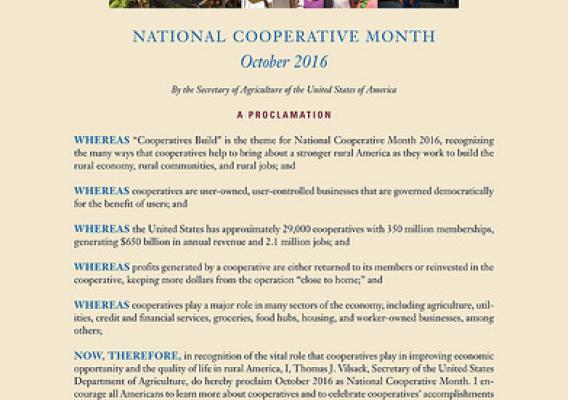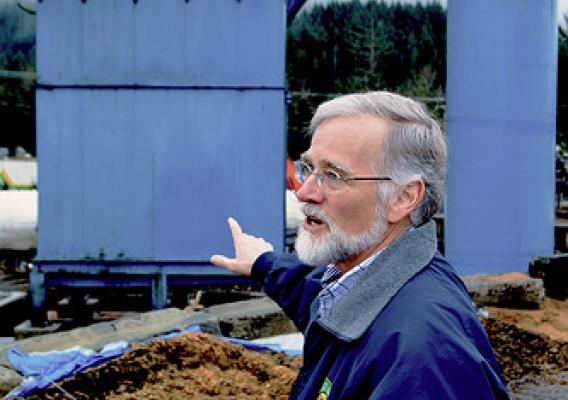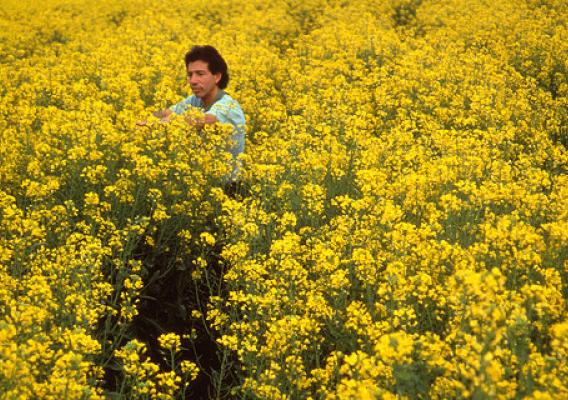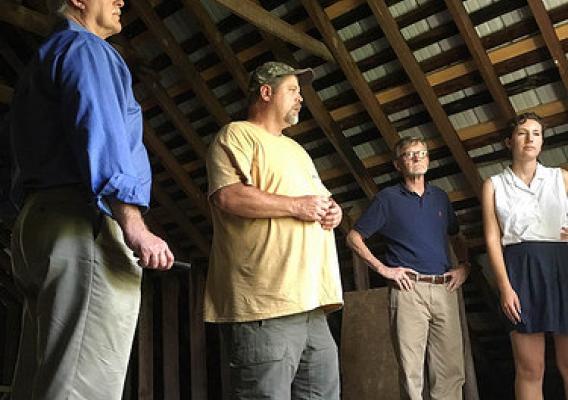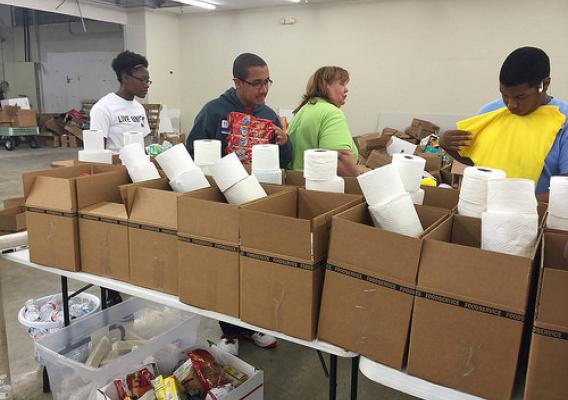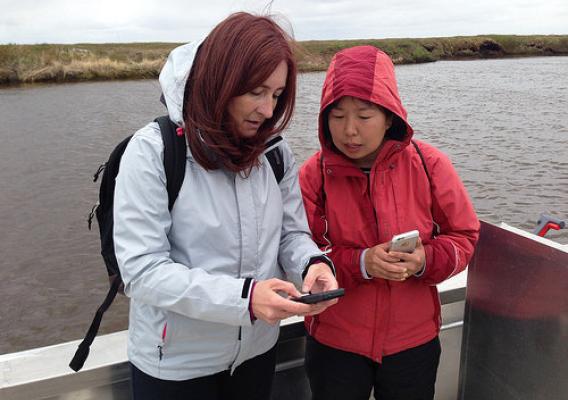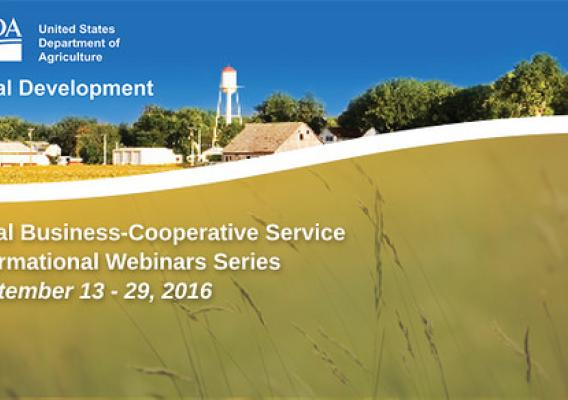How will decisions about where we locate new development or upgrade existing infrastructure impact our future economic vitality and fiscal health? How can we site and plan public facilities and housing so they have the greatest benefits for our community? How can we rebound from years of population loss? How can we capitalize on our unique history to become the kind of place we want to be in the future? These were some of Alton, Missouri’s residents’ many questions Smart Growth America addressed during a recent USDA Rural Development supported technical assistance workshop.
During my visit to Alton, I was amazed at this small town’s vision, energy, and commitment to revitalizing its economy and improving the lives of its 870 residents. Local leaders are bringing life back to their downtown by improving the built environment and hosting cultural events, developing the regional food system, strengthening tourism to nearby National Forests and beautiful rivers, and more. However, I’ve seen rural communities with similar dreams fall short of their goals due to a lack of technical expertise, local capacity, financing, and partnerships. That’s why USDA is working with Smart Growth America to bring innovative solutions, funding ideas, and insights from their experiences around the nation to communities who want a brighter future.

